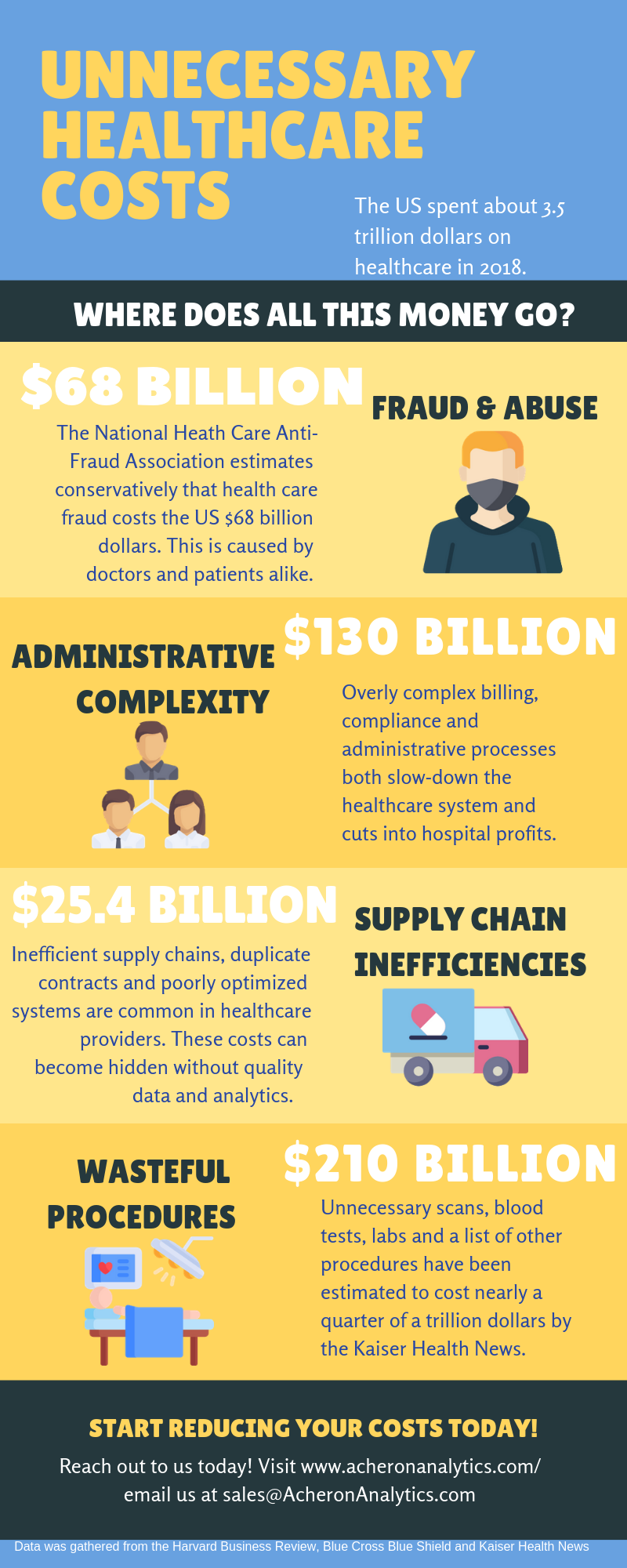What You Can Do to Cut Health Care Cost
 The rising cost of health care is making headlines on a daily basis. It seems everyone from politicians to news anchors have a “solution”. Most of the solutions will have big impacts on the current group plans that employers offer. I don’t know what the solution is, but I do know that I am trying to do my part to cut my health care cost. Since I have been faced with a mountain of medical bills for one of my children due to bad health, I’ve learned some valuable lessons.
The rising cost of health care is making headlines on a daily basis. It seems everyone from politicians to news anchors have a “solution”. Most of the solutions will have big impacts on the current group plans that employers offer. I don’t know what the solution is, but I do know that I am trying to do my part to cut my health care cost. Since I have been faced with a mountain of medical bills for one of my children due to bad health, I’ve learned some valuable lessons.
The first step is to be informed. You need to educate yourself on what your health insurance covers, what your deductibles, co-pays, and co-insurance is. Another important figure is your “Out of Pocket Maximum”. Go through your booklets and evidence of coverage on all your benefits to find this information. You shouldn’t assume that something will be covered, or have the same co-pays. Certain treatments and conditions will be covered differently.
If your employer offers more than one insurance option, and you have to pay for a portion of it, don’t necessarily go with the least expensive option. That option could end up costing you quite a bit. You need to plan for your situation. If you are single, and rarely go to the doctor, and have a good savings set aside, perhaps you can afford to take the option that has a $5000.00 deductible before it kicks in, but if you are covering a family with little ones, or planning on having a little one, then you might want to go with a plan that covers a bit more up front.
You also need to be informed of how insurance works, and what the different options mean. An HMO is a Health Management Organization, where you have to see one doctor, and any specialist of alternate doctors have to be approved by the insurance and your primary physician. A PPO is a Participating Physicians Organization, and you get to choose between a group of participating doctors who are under contract with the insurance company. You have the option under most plans to see an “Out of Network Provider” with lowered benefits (more out of pocket cost to you). Understand that your co-insurance is higher under most plans for seeing an out of network provider. This is because the in network providers have signed contracts to reduce their rates for the insurance participants, while out of network doctors haven’t. So, if an in network doctor charges $135.00, they will reduce this to $60-$90, and the insurance benefits go from there. If you see an out of network doctor, they will only cover the amount they would have had to for an in network provider. So, be sure to stay within your network.
So, you’ve read the definitions, educated yourself, and have made your decision on the best plan for you (if you have that option). You know what you have to pay, and what the insurance responsibility is, and how the system works. There is one last thing you can do to help keep the cost down. Review all your bills. Hospitals are notorious for using “Standard Billing”, so there are liable to be charges on your bill for goods or services you never received. Here’s an example: Your doctor prescribes you pain medication after having a baby, but you don’t want the pain medication and don’t take it. The hospital system sees that you were prescribed x pills every four hours, so they automatically bill for those. If you didn’t receive them, you need to be sure to fight those charges. This can happen with visits from lactation consultants after having a baby, medication, IV’s, room charges, etc.. By reviewing your bills, you can get the mistakes corrected, cut the cost for both you and insurance company, and help keep the rates lower. If you notice a charge that is for a service you didn’t receive, contact the hospital billing office immediately, and follow that up with a call to your insurance carrier. They don’t know what charges are valid and which are not, as they were not in the room with you at the time.
By being proactive and informed, we can all do something to lower our cost, and thereby the overall cost of health care.